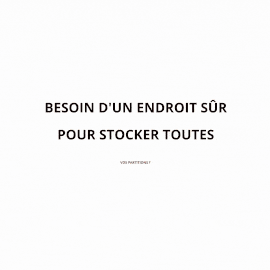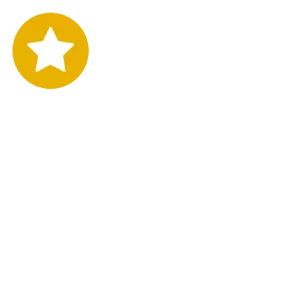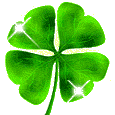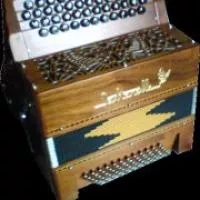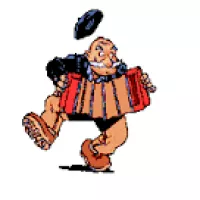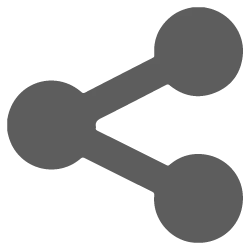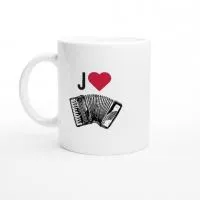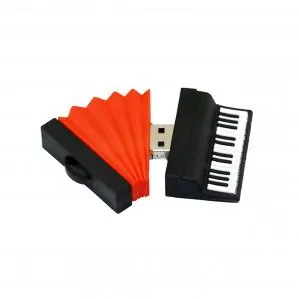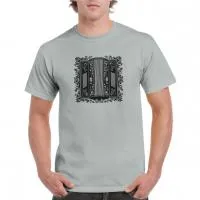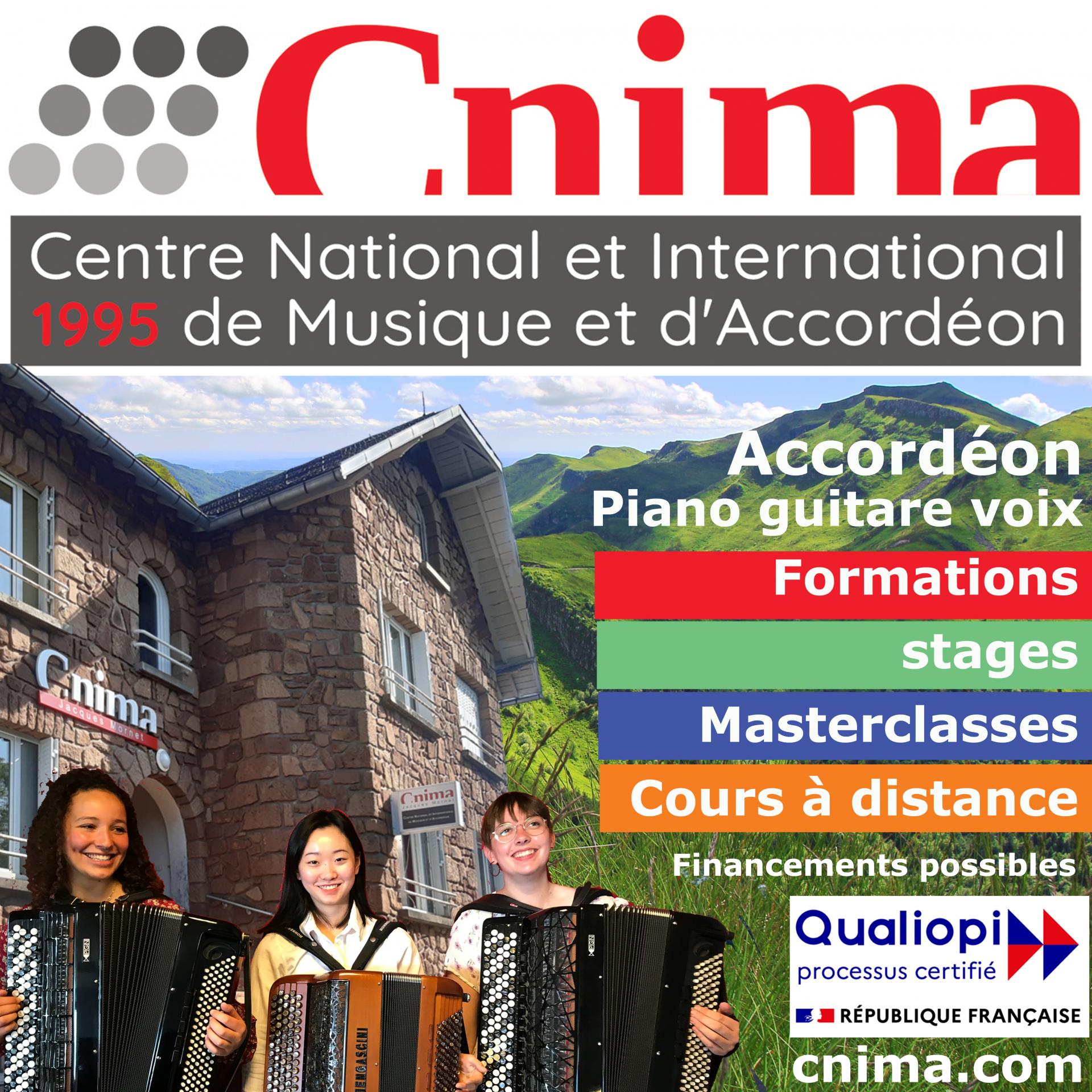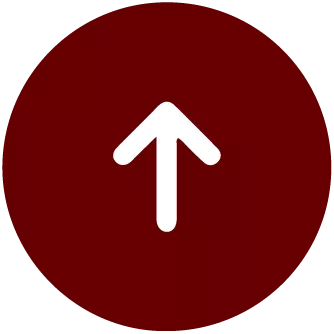Good evening,
I'm sometimes a little confused to read the notes on the staff and at the same time to look for the fingering above or below... the right hand, the left hand... bad working method surely !
So, as it annoys me (just for fun!), I had fun to fiddle with my music software to put the fingering in the place of the notes...
And as I don't know if it's interesting, I submit it to you for your opinion :)
a little example from the blue Ferrero method (there are 2-3 input errors!):
I will enter a "more difficult" score (if you know one where the fingering has been indicated by a pro!) to see this "tablature" is operative!
Gérard
I'm sometimes a little confused to read the notes on the staff and at the same time to look for the fingering above or below... the right hand, the left hand... bad working method surely !
So, as it annoys me (just for fun!), I had fun to fiddle with my music software to put the fingering in the place of the notes...
And as I don't know if it's interesting, I submit it to you for your opinion :)
a little example from the blue Ferrero method (there are 2-3 input errors!):
I will enter a "more difficult" score (if you know one where the fingering has been indicated by a pro!) to see this "tablature" is operative!
Gérard
8
Replies
Hi, survoje
Is it really clearer?
It is necessary to read the numbers of the fingers MD, 1st line of the first systemthe name of the notes in French below 2nd lineand that of the chords in English... between the linesand as I sing it would be necessary to still add the words...
otherwise ... (I try to imagine for a duet sung by a couple ...)
I think that it takes a little moment of adaptation to imagine the notes...
Is it really clearer?
It is necessary to read the numbers of the fingers MD, 1st line of the first systemthe name of the notes in French below 2nd lineand that of the chords in English... between the linesand as I sing it would be necessary to still add the words...
otherwise ... (I try to imagine for a duet sung by a couple ...)
I think that it takes a little moment of adaptation to imagine the notes...
survoje
22/12/2014
Hi jmimi and thanks for your comments!
Ok for the MG which is a mess ! at first, I didn't want to put it... The little interest was for the bass melodies.
And if we only stick to the MD?
I'll post another example, while I realize it...
Do you have a song on the site that I could "study" according to your remarks, a score where there would be the accordion part... I also do accordion-singing, so it could be of interest to me in two ways!
Gérard
Ok for the MG which is a mess ! at first, I didn't want to put it... The little interest was for the bass melodies.
And if we only stick to the MD?
I'll post another example, while I realize it...
Do you have a song on the site that I could "study" according to your remarks, a score where there would be the accordion part... I also do accordion-singing, so it could be of interest to me in two ways!
Gérard
theo
22/12/2014
Hello overhead
Please take this message as an opinion, not a criticism
Your "score" can only be played by an accordionist who uses the same fingering as you (thumb 1) I use the thumb in 0, for me it is finished. In the first measure you have to think that the 2 is the note E. As I am thumb 0 my fingering is less 1So my 2 ... it's an E......., I say to myself it's written 2 = then finger 1.
Not obvious because in measure 5 the 2 is a D.
Imagine that you make a duet, you give your score to another musician !!!! and this musician gives you the same score written with the notes
I learned accordion and solfeggio with this method, now on a score (no matter the instrument) when I see a C or a C I play C not a 2, a 3 or a 5.
A bit of humor to finish (because I like it and I'm not the only one here) Unless you write scores for telephone dials, I think you're going to a lot of trouble for nothing
Regards to all and to all
Theo
Please take this message as an opinion, not a criticism
Your "score" can only be played by an accordionist who uses the same fingering as you (thumb 1) I use the thumb in 0, for me it is finished. In the first measure you have to think that the 2 is the note E. As I am thumb 0 my fingering is less 1So my 2 ... it's an E......., I say to myself it's written 2 = then finger 1.
Not obvious because in measure 5 the 2 is a D.
Imagine that you make a duet, you give your score to another musician !!!! and this musician gives you the same score written with the notes
I learned accordion and solfeggio with this method, now on a score (no matter the instrument) when I see a C or a C I play C not a 2, a 3 or a 5.
A bit of humor to finish (because I like it and I'm not the only one here) Unless you write scores for telephone dials, I think you're going to a lot of trouble for nothing
Regards to all and to all
Theo
survoje
22/12/2014
Thank you Theo for your answer!
I'm learning on my own and sometimes I wish things were clearer on the methods. For idea, from "Ferrero 1st year" page 58...
wow, I'm getting cold feet just looking at it! If I zoom in on a measurement....
I say to myself "can I make it clearer... for me !". hence this idea of a kind of "tablature"...(with a typing error !)
and to have fun, to test, the beginning of a Ferrero recreation "upper course" MD... By the way, the "1" in finger 1, I did not invent it, I stole it from Ferrero, so it is guaranteed...
I had a certain joy to succeed in this challenge (to put the fingerings in the place of the notes) thanks to a forumer by the way, to go in the "heart" of an indisputable software of scores (Lilypond)!
Even if some ideas may seem like dead ends at some point, it's worth trying them! Computers allow us to do many things. This idea can also evolve... or not... That said, I didn't work only for the "telephone dials" because now I have the possibility to clear up the tricky parts...
I would also like the opinion of a beginner (not conditioned by his training ...), knowing how to read music and knowing the place of the notes on the keyboard ... not easy !
Sincerely
Gérard
I'm learning on my own and sometimes I wish things were clearer on the methods. For idea, from "Ferrero 1st year" page 58...
wow, I'm getting cold feet just looking at it! If I zoom in on a measurement....
I say to myself "can I make it clearer... for me !". hence this idea of a kind of "tablature"...(with a typing error !)
and to have fun, to test, the beginning of a Ferrero recreation "upper course" MD... By the way, the "1" in finger 1, I did not invent it, I stole it from Ferrero, so it is guaranteed...
I had a certain joy to succeed in this challenge (to put the fingerings in the place of the notes) thanks to a forumer by the way, to go in the "heart" of an indisputable software of scores (Lilypond)!
Even if some ideas may seem like dead ends at some point, it's worth trying them! Computers allow us to do many things. This idea can also evolve... or not... That said, I didn't work only for the "telephone dials" because now I have the possibility to clear up the tricky parts...
I would also like the opinion of a beginner (not conditioned by his training ...), knowing how to read music and knowing the place of the notes on the keyboard ... not easy !
Sincerely
Gérard
jurachromatique
23/12/2014
Hello survoje, your idea is ingenious, but it will take you a lot of time, and if you get used to it, you will lose efficiency in pure reading, of course, fingering for an accordionist often requires patience and a certain amount of headache, but believe in my experience, if you have a good level of reading, fingering will be much easier, because you will concentrate on your fingers, and not on the note. Finally, I hope you are not too disappointed by our remarks, good luck, and happy holidays ....Jurachromatique
lucdelor
23/12/2014
Hello musician friendsSurvoje
If you want to master the fingering, why not take a few lessons from a teacher or an accordeonist, you say you are a beginner and you are already in a superior course method.use the first method, work page by page choose the fingering that suits you, for the other fingerings that you do not use (a bit of blanco) and it's hidden.by working this way you will master the fingering, the reading and the ability to play all the scores.
Imagine a child in first grade who can't read but wants to do sixth grade homework,
Now if your tablature suits you why not but it will be difficult for you to share and the purpose of music is sharing.
Love
Luc.
If you want to master the fingering, why not take a few lessons from a teacher or an accordeonist, you say you are a beginner and you are already in a superior course method.use the first method, work page by page choose the fingering that suits you, for the other fingerings that you do not use (a bit of blanco) and it's hidden.by working this way you will master the fingering, the reading and the ability to play all the scores.
Imagine a child in first grade who can't read but wants to do sixth grade homework,
Now if your tablature suits you why not but it will be difficult for you to share and the purpose of music is sharing.
Love
Luc.
survoje
23/12/2014
Hello,
I didn't say that I was a fan of the "upper course". I just happen to have it in the back of a box and the idea came to me to test, to have fun, to grab the 1st MD line from the 1st recess. I was just having fun with it. I just specified the "upper course" to cite the source of this excerpt... I didn't say I wanted to make it a method, let alone a system of exchange with other musicians! It's true that at the beginning I put a whole score but it was just to "show off". I don't intend to retype all the scores that are lying around!
The idea is more to clarify a tricky passage, one, two, three bars, and again... for oneself, an aid to deciphering.
It can be seen as a gadget for someone who struggles...
Personally, it works... "tricky" passages become easier. And for the rest, it's the same as always!
SincerelyGérard
I didn't say that I was a fan of the "upper course". I just happen to have it in the back of a box and the idea came to me to test, to have fun, to grab the 1st MD line from the 1st recess. I was just having fun with it. I just specified the "upper course" to cite the source of this excerpt... I didn't say I wanted to make it a method, let alone a system of exchange with other musicians! It's true that at the beginning I put a whole score but it was just to "show off". I don't intend to retype all the scores that are lying around!
The idea is more to clarify a tricky passage, one, two, three bars, and again... for oneself, an aid to deciphering.
It can be seen as a gadget for someone who struggles...
Personally, it works... "tricky" passages become easier. And for the rest, it's the same as always!
SincerelyGérard
Evi-Danse
25/12/2014
Hello and Merry Christmas to all
Why not, each to his own, it's the result that counts. In this notation I have trouble seeing how one can differentiate a quarter note from a white or a round.
Good music
Why not, each to his own, it's the result that counts. In this notation I have trouble seeing how one can differentiate a quarter note from a white or a round.
Good music

















